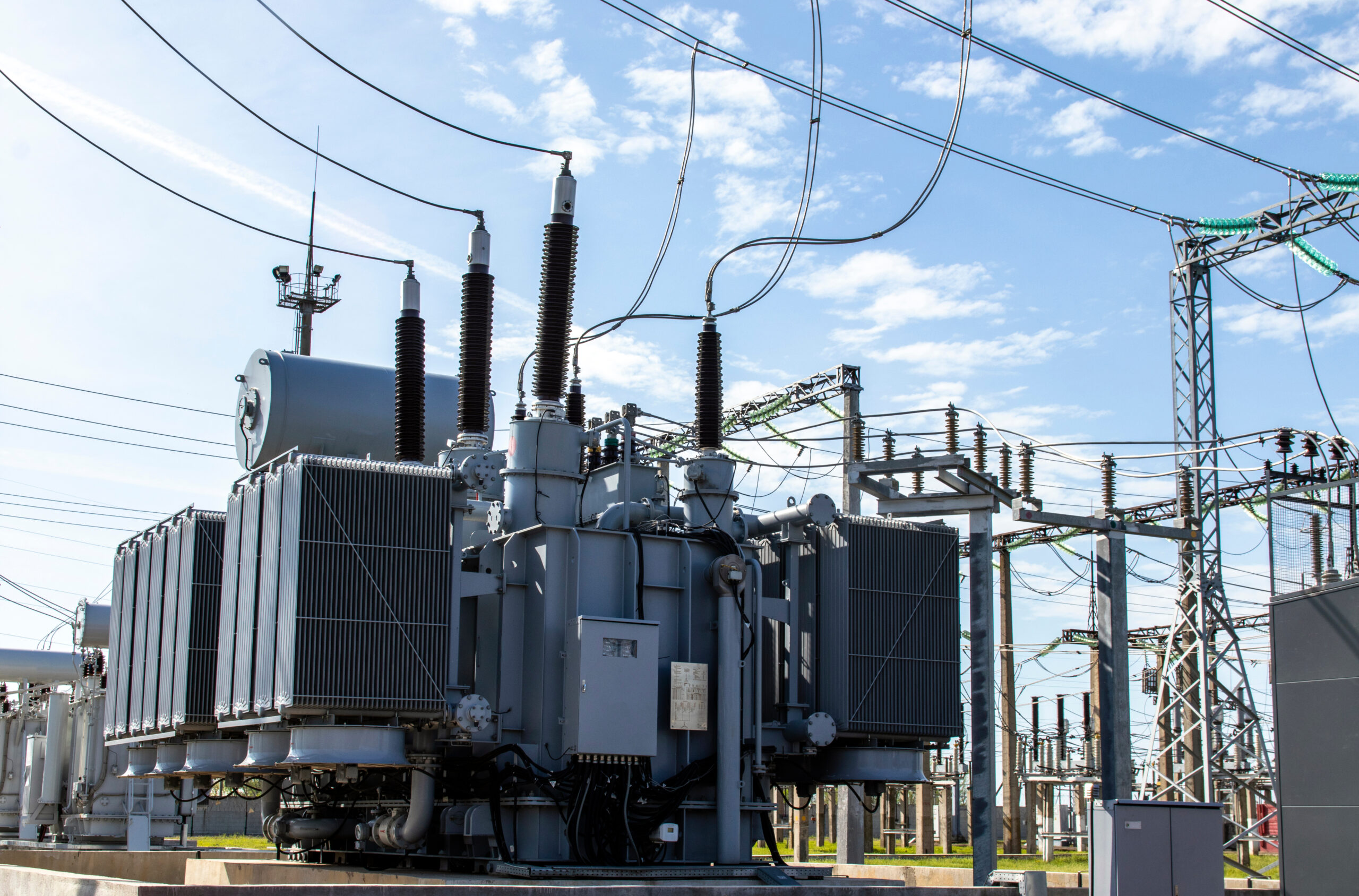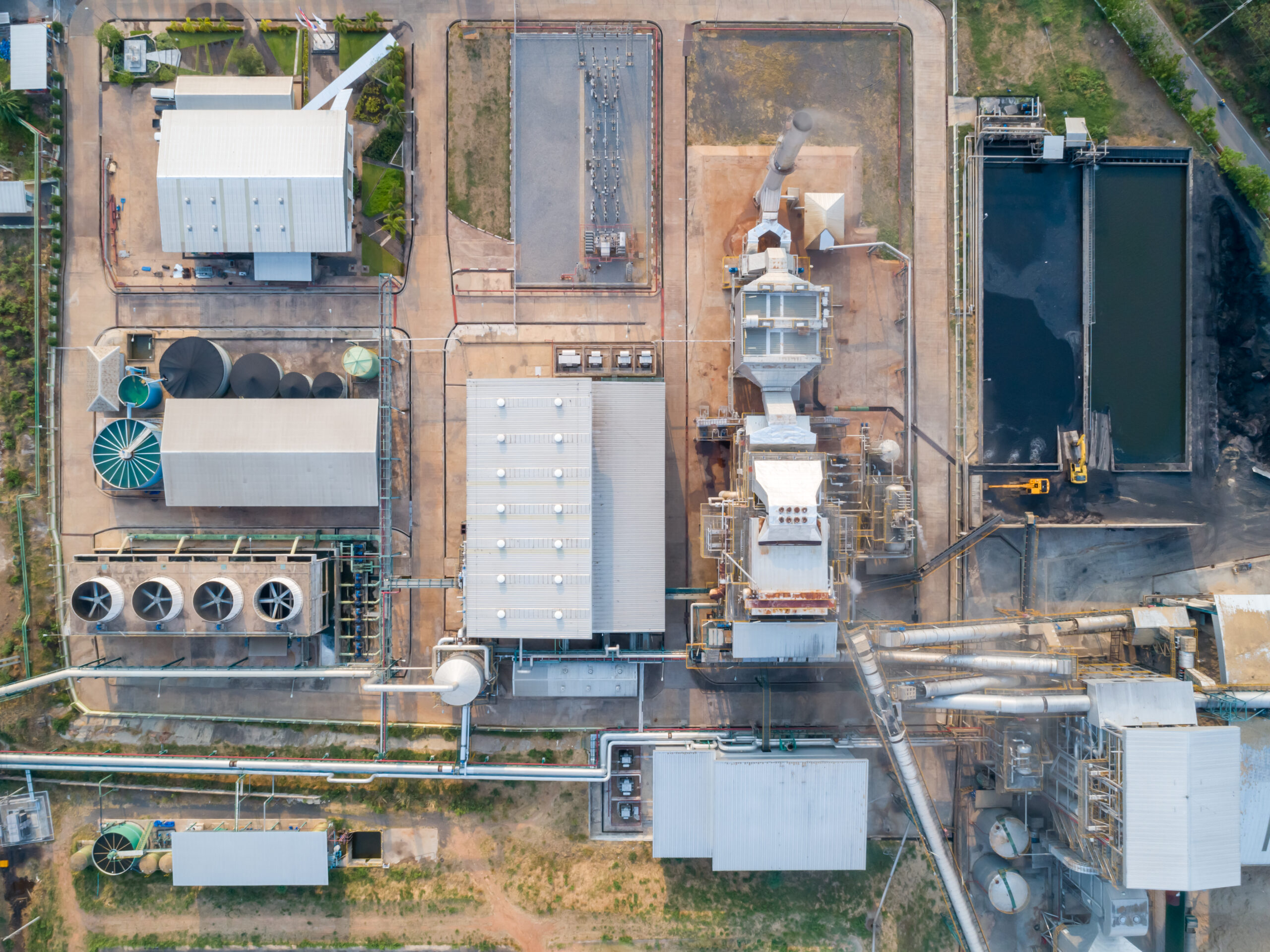“BESS growth is driving strong innovation in offtake & financing structures”
The majority of battery projects in Europe are being developed using 3rd party offtake contracts. This reflects the specialist trading & optimisation capabilities required to capture battery asset (BESS) value.
One of the key considerations in the structuring of these offtake contracts is downside revenue protection. This is a key focus for infrastructure investors looking to protect equity exposure from downside risks. It is also important for the growing pool of debt capital targeting BESS projects & platforms.
Despite a decline in BESS revenues across 2023-24, competition amongst offtake providers has risen significantly across the last year. This is good news for BESS investors as it is pushing down fees and driving innovation in offtake contract structures.
In this article we look at:
- Offtake & financing conditions across key BESS markets
- Optimisers offering offtake contracts
- Offtake contract structures
- Evolution of debt financing for BESS.
This article draws on our experience supporting a broad range of investors, lenders & optimisers with the structuring & negotiation of BESS offtake contracts & financing.
Offtake & financing across markets
The scale of BESS deployment across Europe’s larger power markets is driving rapid growth & innovation in offtake & financing transactions. In Diagram 1 we show an overview of the current state of play.
Diagram 1: BESS offtake & lending overview

Source: Timera Energy
The 3 key markets driving offtake & lending innovation are GB, Germany & Italy. The Netherlands & Belgium although smaller are also growing fast.
GB is the most mature market with strong offtaker competition and the deepest market for BESS debt, although offtake terms have become tougher across the last year as revenues have declined.
Germany is seeing rapid growth in offtaker competition, with a constructive local bank lending environment. Tolls & floors are currently available at more attractive levels than in GB, but need to be well structured to build a bankable project.
Italy is the most attractive market from a lender risk perspective given 15 year fixed price MACSE contracts with Terna. However viable equity returns may depend on retaining a merchant tranche of capacity and offtaking is at an earlier stage of evolution relative to NW Europe.
The Netherlands & Belgium have much in common with Germany given partial overlap in market participants & lenders, with offtake terms more attractive in some cases supported by strong front year ancillary revenues.
The BESS optimiser landscape
Offtake contract innovation is being driven by (i) investor demand for more sophisticated structures and (ii) growing competition & sophistication across optimisers.
The optimisers operating across Europe can be broadly grouped into 3 categories, summarised in Table 1. The more established optimisers are increasingly expanding across multiple markets.
Table 1: Categories & characteristics of BESS optimisers
Not all BESS optimisers are created equal. In fact there has been a growing divergence in optimiser performance across the last 18 months & some exits, driven by tougher market conditions and an increase in the importance of intraday & balancing revenue (requiring more sophisticated optimisation capabilities).
Differences in performance also reflect a wide range of optimisation methodologies, from more traditional trader driven models to fully automated algorithms. The strongest performers tend to be underpinned by a combination of strong commercial, analytical & AI / data management capabilities.
The good news for BESS investors is that increasing optimiser competition is pushing down fees and driving innovation in the evolution of offtake structures.
Offtake contract structures
The market for BESS offtake contracts in Europe is still relatively nascent and illiquid relative to the mature RES PPA market. However conditions are improving quickly as BESS growth gathers pace.
A key theme in BESS offtake contract evolution across Europe is an increased focus on downside protection after 2023-24 revenue decline.
The three most common form of BESS offtake contract structures are:
- Profit share (where optimiser takes a defined % of profits as a fee)
- Profit share with revenue floor (with a higher % profit share fee to pay for the floor)
- Toll (where optimiser pays a fixed capacity fee in exchange for retaining all revenue).
We show illustrative payoff diagrams for these 3 basic structures in Chart 1. The horizontal axis shows value capture of the battery (in €/kW/year); the vertical axis shows value capture (or payoff) for the battery owner (also in €/kW/year).
Chart 1: Payoffs for 3 most common offtake structures

Source: Timera Energy
There is significant innovation taking place around these 3 basic structures, particularly in the GB and German markets. This includes the ability to tailor fixed vs floating exposures and to tranche payoff vs fee exposures to refine downside protection. Financial hedging products such as price shape swaps and flexibility options structures are also starting to transact.
Market depth and duration of both floor & tolling structures is improving, with 5-10 yr terms available across larger markets (e.g. GB, Germany, Benelux).
Offtake contract profit share structures are based against either achieved asset performance (e.g. via an ‘open book’ or ‘trade tagging’ approach) or a formula based index (which tries to replicate capture across the BESS revenue stack).
For all the positive momentum behind offtake contracting there is a clear set of challenges that remain in structuring & negotiating a viable structure. We summarise these in Table 2.
Table 2: 5 challenges structuring a viable offtake contract
BESS financing landscape
Evolution of offtake structures and maturing BESS track record are supporting growing momentum behind banks lending to BESS assets & platforms.
The traditional lending model developed in the GB market with a single long term offtaker (e.g. a utility trading desk) offering floor protection. That has evolved relatively quickly in GB and other established markets to cover:
- Multiple offtakers (tranching at portfolio or asset level)
- Shorter duration contracts with ability to switch offtaker in case of underperformance
- 3rd party floors (supporting downside protection for smaller algorithmic focused offtakers)
- Merchant lending (against a lender downside case).
UK based banks are the most established / sophisticated lenders (e.g. Santander, Natwest) supported by the size & maturity of the market. Continental European banks are also growing BESS lending books (e.g. Rabo, DKB). Local banks are also expanding from RES lending into BESS e.g. in Germany & Italy.
A tougher BESS revenue environment across the last 12 months has seen more selective lending from banks, with an increased focus on downside risk. However lending momentum remains strong for the right projects & platforms, with attractive loan to value ratios available as well as merchant financing.
Opportunities for debt financing BESS in the Italian market are particularly strong given 15 year contracts with Terna.
5 factors behind a bankable offtake structure
We finish with 5 considerations for investors structuring offtake contracts, based on our experience supporting clients build viable BESS investment cases:
- Downside: build a robust downside revenue case, supported by well structured downside protection via offtake contract(s) and/or structured hedges
- Upside: ensure that adequate upside revenue exposure is retained via offtake & financing structures, to support a viable equity return
- Optimiser: optimiser selection, incentivisation & performance benchmarking underpins effective 3rd party value capture
- Profit share: many offtake contract pitfalls are focused on poorly structured profit share mechanisms that allow value bleed to the optimiser
- Tranching: the ability to tranche downside protection, revenue payoffs & profit share within offtake structures can often enable effective tailoring of risk / return & financing.
Every project & platform has its own nuances, but addressing these 5 factors provides a solid foundation for structuring a bankable project.
Join our webinar for more details on DE & NL BESS investment
If you are interested in BESS investment in Nth West Europe and an in-depth discussion across our experts, you can join our upcoming webinar (details below).
Webinar topic: “Germany vs Netherlands” – how battery returns & investment cases stack up in 2 key current focus markets for BESS investors
Time & access: Wed 10th Jul 10:00 CET (09:00 BST)
Registration: Pre-registration required (access is free); webinar registration link – register here
Focus:
- Why BESS investors are focused on DE & NL in 2024
- BESS revenue stack performance & value drivers (inc. backtest analysis)
- Offtake, optimiser & financing dynamics across the 2 markets
- Value impact of NL grid fee reform vs DE grid fee exemption
- Key BESS investment case risks & challenges in DE & NL.



